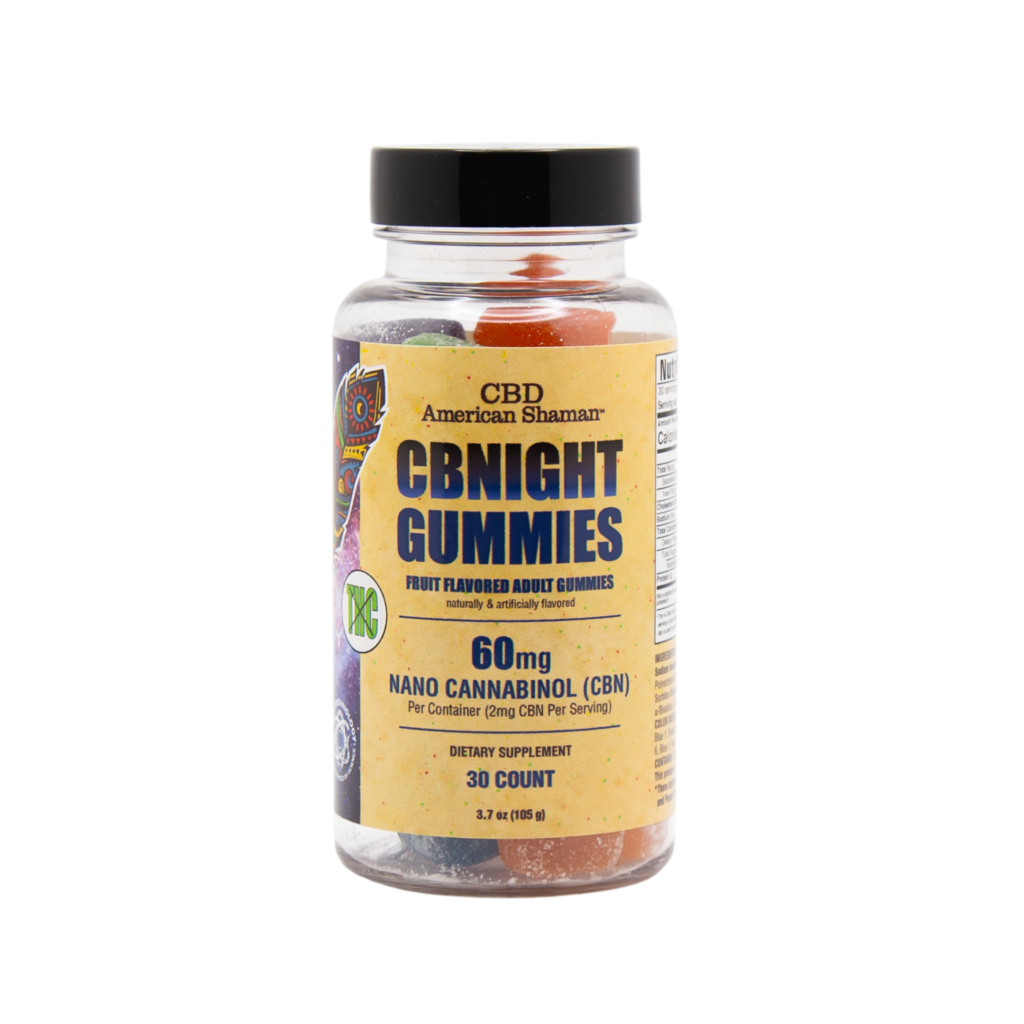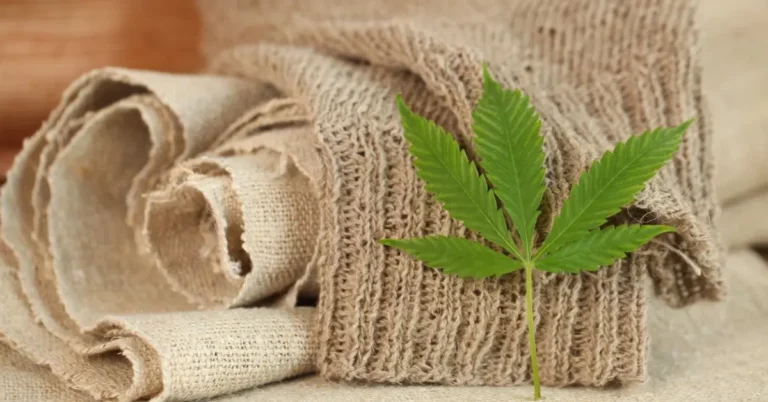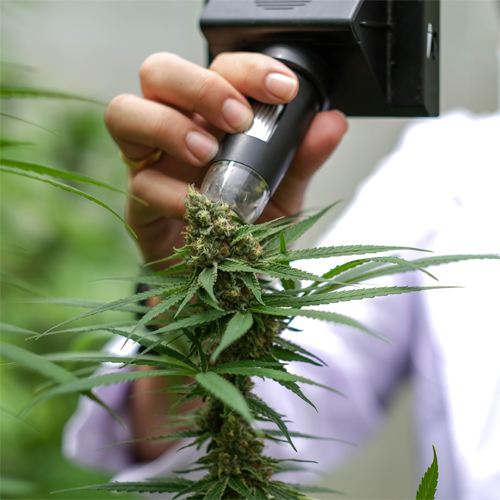Everything You Need to Know About CBN
You’ve probably heard of the more commonly used cannabinoids, like CBD, Delta-8, and Delta-9, but did you know there’s over 100 known cannabinoids that come from hemp? Although most of these cannabinoids are still undergoing research, it’s amazing to think of all the unique compounds the hemp plant is able to produce. One of these lesser-known cannabinoids is called cannabinol, or CBN. Even though research on CBN is still ongoing, there’s a wide range of potential effects and benefits of this cannabinoid. Here’s everything you need to know to get started with CBN.
What Is CBN?
Cannabinol is a cannabinoid that can be found in hemp plants, or produced synthetically. When a hemp plant becomes dry and aged, the THC in the plant degrades into CBN.

This means that the longer a cannabis plant ages, the more CBN it will contain. Since CBN can be hard to harvest from younger plants, it’s often produced through a process called decarboxylation, which involves exposing the plant to high amounts of heat and oxygen. While CBN is a derivative of THC, studies have shown that CBN only has a quarter of THC’s psychoactive effects.
How Does CBN Work?
CBN, like other cannabinoids, works by interacting with the body’s endocannabinoid system. This bodily system was only discovered a few decades ago, and is responsible for maintaining the body’s resting state, or homeostasis. When something interrupts homeostasis, like pain or a fever, the endocannabinoid system targets the stressors and returns the body to its resting state.
Cannabinoids like CBN are similar to the endocannabinoids naturally produced by the body, which means they can bind to our endocannabinoid receptors and stimulate the endocannabinoid system. This means CBN could have positive effects like pain relief, stress relief, and better sleep.
CBN vs CBD
While CBN is similar to CBD, it’s important not to get the two mixed up. CBD is far more abundant than CBN, and doesn’t need to be harvested from aged cannabis plants. This makes it harder to find products rich in CBN, since the process for harvesting it is more difficult.
CBD and CBN both interact with the body by bonding with endocannabinoid receptors, but while CBD primarily attaches itself to CB2 receptors, CBN can attach to both CB1 and CB2 receptors, causing a more well-rounded, full-body feeling. CBN can also be processed by the body outside of the endocannabinoid system.
Lastly, CBD is a completely non-psychoactive compound. Since CBN is formed from THC, it can have mild psychoactive effects. It’s also important to remember that CBN hasn’t been researched as much as CBD, meaning there’s still a lot we don’t know about the possible benefits of this cannabinoid.
Where To Find CBN
Unlike CBD and other popular cannabinoids, there aren’t a lot of CBN products on the market right now. Whereas CBD is available in all different forms, including oils, tinctures, vapes and edibles, CBN is harder to find due to its scarcity and lack of research. However, this doesn’t mean you can’t find CBN on the market. Hemp products labeled as broad spectrum or full spectrum contain a range of cannabinoids, including CBN.
This creates a well-rounded dosing experience, since the cannabinoids work together in the body. If you’re looking for products with CBN that are completely THC-free, go for broad spectrum products. If you don’t mind trace amounts of THC, you might prefer the effects of full spectrum products.
Although CBN is still undergoing research, it’s fascinating to know that cannabis plants are able to produce so many unique cannabinoids with their own effects and benefits. We’re looking forward to learning more about CBN, and we hope you are, too!





